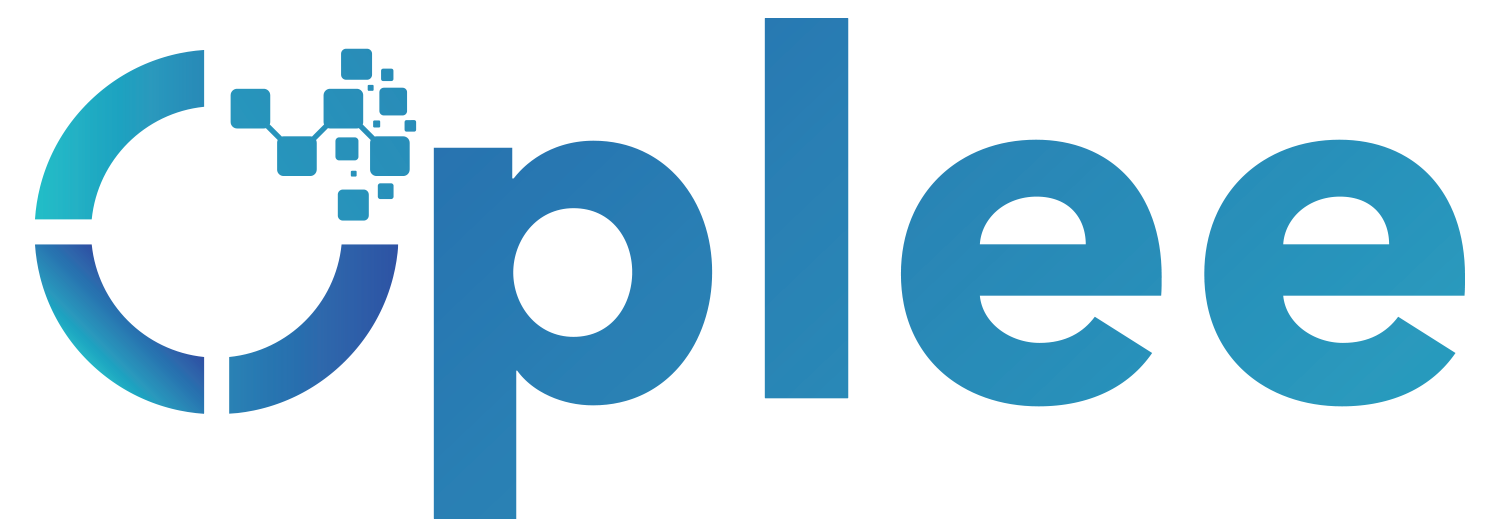Business Central Towers, Tower A, Office 1703, DIC, Dubai, UAE
Maximize ROI in financial services with Broadcom's VMware Cloud Foundation
Maximize ROI in financial services with Broadcom's VMware Cloud Foundation
By Steve Fusco, Head of Financial Services Industry for the VCF Division at Broadcom, leading technology initiatives in FinTech.
In the fast-paced, high-stakes world of financial services, cutting costs without compromising security, resilience, or scalability is a constant challenge. VMware Cloud Foundation (VCF) delivers the solution—a complete private cloud platform that empowers financial institutions to modernize IT, streamline operations, and slash technology expenses.
The Cost Challenges in Financial Services IT
Financial services companies traditionally operate complex and siloed IT infrastructures, often struggling with:
- High costs of maintaining legacy systems.
- Rising operational expenditures (OpEx) due to inefficient resource utilization.
- Increasing compliance costs with regulations such as DORA, GDPR, and Basel III.
- Security concerns that demand expensive, redundant infrastructure.
VMware Cloud Foundation’s ROI-Driven Benefits
VCF helps financial institutions optimize their IT investments through several key advantages:
1) Reduction in Capital Expenditures (CapEx)
VCF consolidates infrastructure components—including compute, storage, networking, and security—into a single software-defined platform. By transitioning from traditional hardware-based solutions to a private cloud, financial firms can:
- Optimize data center real estate, reducing footprint and power consumption.
- Reduce upfront infrastructure investments, shifting from a capital-heavy model to a more flexible approach.
- Eliminate costly proprietary hardware dependencies and leverage commodity x86 servers.
2) Lower Operational Expenditures (OpEx) Through Automation and Efficiency
With built-in automation, VCF significantly reduces manual IT processes, improving efficiency and reducing operational costs:
- Automated Lifecycle Management: VCF automates software updates, patching, and infrastructure provisioning, reducing downtime and IT overhead.
- Optimized Workload Placement: Intelligent workload balancing ensures efficient resource usage, minimizing overprovisioning and underutilization.
- Policy-Based Security and Compliance: Built-in security policies reduce the costs associated with manual compliance checks and risk mitigation efforts.
3) Cloud Cost Optimization
Financial institutions increasingly adopt hybrid strategies to balance performance, security, and costs. VCF runs seamlessly on AWS, Azure, Google Cloud and Oracle Cloud Infrastructure, as well as across 100’s of VMware Cloud Service Providers offering:
- Cost savings through workload mobility, allowing firms to move workloads to the most cost-effective cloud environment.
- License portability, allowing customers to take their on prem VCF software to the cloud
- Unified management across clouds, reducing administrative overhead and avoiding cloud sprawl.
- Consistent infrastructure, eliminating the need for redundant cloud-specific tools and training.
4) Improved Security and Compliance Cost Management
Financial institutions must comply with stringent security and regulatory requirements. VCF delivers intrinsic security with:
- Zero Trust Architecture, reducing the cost of security breaches and compliance penalties.
- Micro-segmentation with NSX, eliminating the need for costly third-party security tools.
- Automated compliance frameworks, lowering the costs associated with audits and manual reporting.
5) Accelerated Time to Market and Revenue Generation
The agility provided by VCF enables financial firms to develop and deploy new digital services faster. This translates to:
- Faster product innovation with scalable, cloud-native applications.
- Increased revenue opportunities by reducing the time-to-market for customer-facing financial services.
- Reduced development costs through infrastructure-as-code capabilities and Kubernetes integration.
Quantifying the ROI of VMware Cloud Foundation
A structured analysis of VCF’s financial impact shows clear cost benefits:
- 30-40% reduction in infrastructure costs by consolidating and automating IT environments.
- 20-25% decrease in IT labor costs due to automation and self-service capabilities.
- 50-60% savings in cloud migration and operations through hybrid cloud efficiency.
- Lower security and compliance expenses by reducing manual risk management efforts.
Source: IDC Business Value Whitepaper, August 2024, Forrester Study on VMware Cloud Foundation Operations and Automation, April 2024
Conclusion: Why Financial Services Firms Should Embrace VCF
VMware Cloud Foundation delivers unmatched value to the financial services industry. By cutting CapEx and OpEx, optimizing cloud costs, strengthening security, and driving digital transformation, VCF helps financial firms maximize IT ROI while staying ahead of the competition.
For institutions ready to future-proof their infrastructure, VCF offers a smart, cost-effective path forward. Ready to transform your IT strategy?
Let’s make it happen with VMware Cloud Foundation.

Optimize your Microsoft Azure DaaS budget with the new Horizon Cloud on Azure Standard Subscription.






